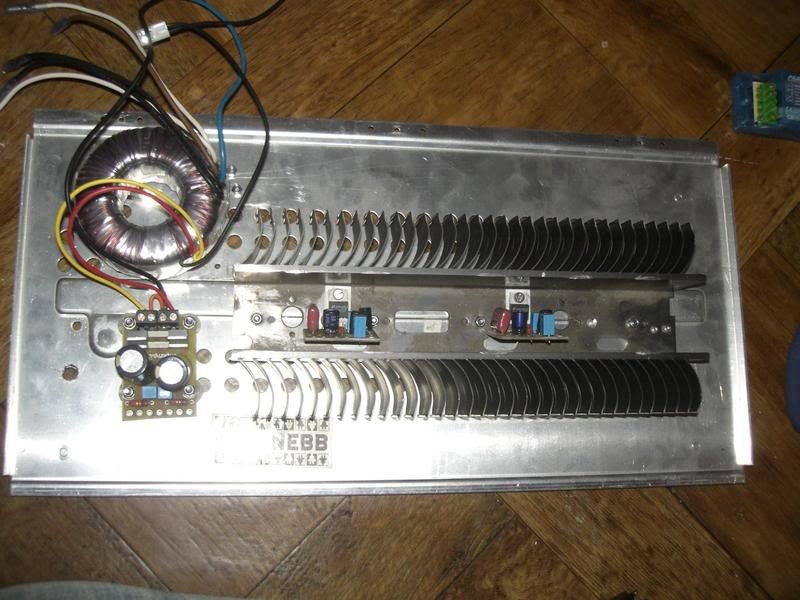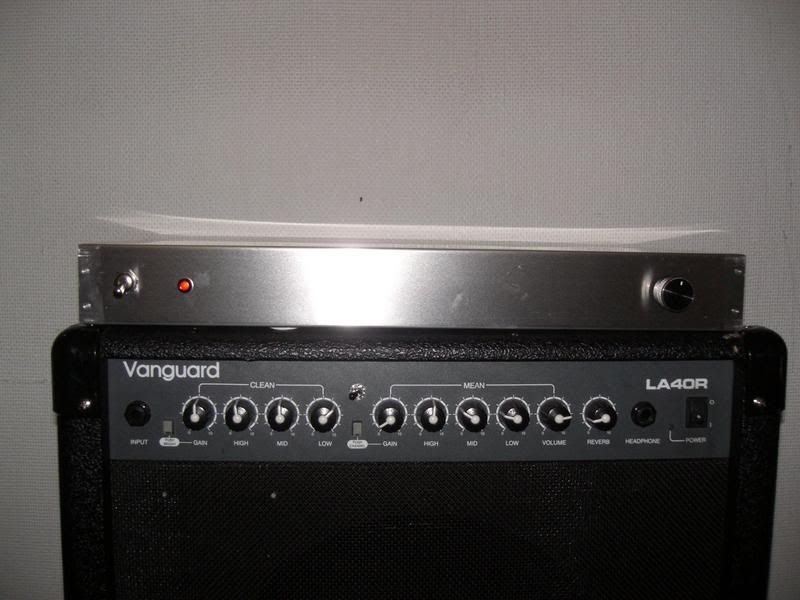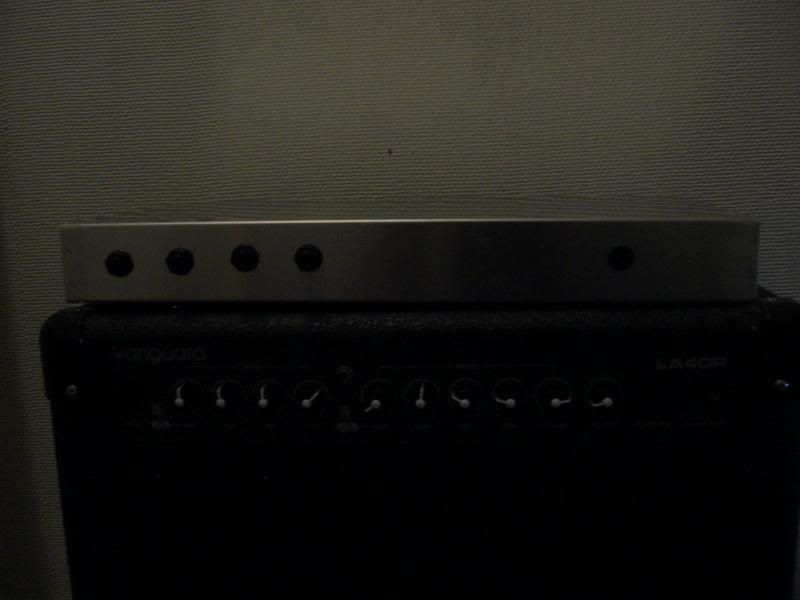_Well, here is my advice. A 386-based amp will probably more than loud enough, as long as you use the right speaker, and they all sound great. What design you should choose is kind of hard to help you decide, as long as we don't knowwhat kind of sound you are after. I suggest you look into the ruby and little gem at www.runoffgroove.com, the Noisy Cricket at www.beavisaudio.com or the little rebel at http://rebel.massberg.org/source/
I would probably suggest the little rebel or the noisy cricket, as they have a few more controlls than the gem or ruby. Yhe Cricket is really an updated ruby, while the little rebel is a hole other design. I haven't tried it myself, but I guess it sounds really great.
When it comes to the headphone output, simply do as described in the faq at www.runoffgroove.com. If you want the amp to sound natural when running headphones too, you should add a cabinet-simulator right before the headphone output.
Hope that helped a little.
I would probably suggest the little rebel or the noisy cricket, as they have a few more controlls than the gem or ruby. Yhe Cricket is really an updated ruby, while the little rebel is a hole other design. I haven't tried it myself, but I guess it sounds really great.
When it comes to the headphone output, simply do as described in the faq at www.runoffgroove.com. If you want the amp to sound natural when running headphones too, you should add a cabinet-simulator right before the headphone output.
Hope that helped a little.







